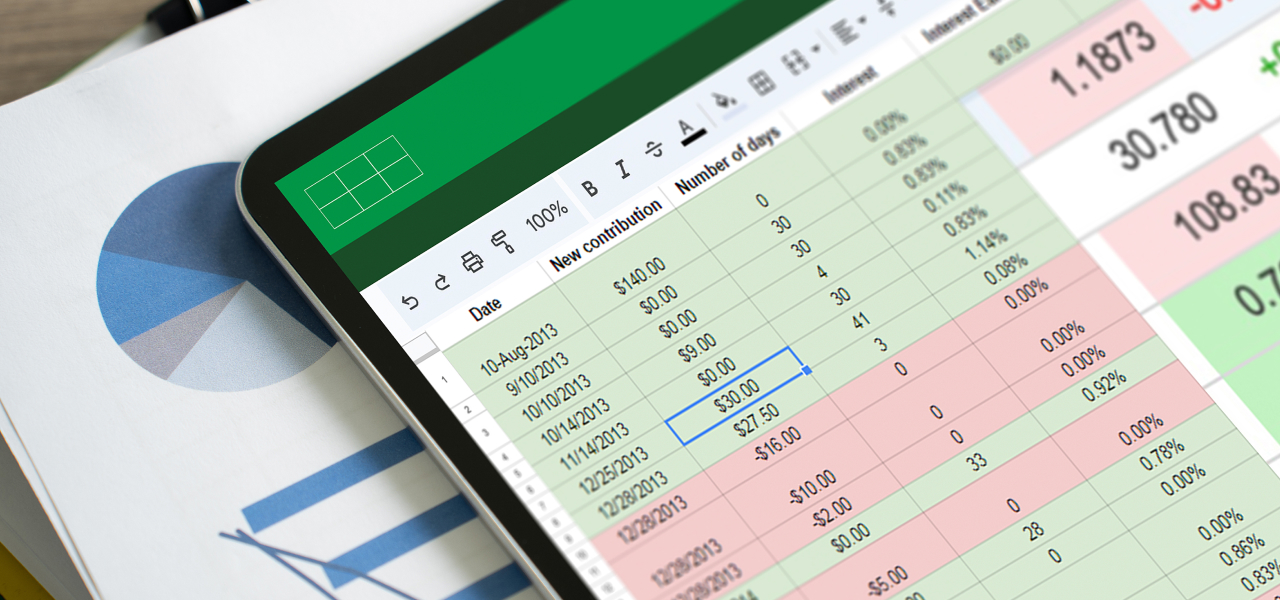Technology is transforming the way businesses keep track of their financials, consumers purchase products, and portfolios are tracked. Tasks that used to take hours of intensive labor now take a matter of minutes. Most industries now have technology worked into everyday tasks throughout the organization, from the factory floor all the way to the high-level executives.
Introducing disruptive technology into your portfolio accounting system comes with more than just increased productivity. In fact, the right technology can boost profitability, help expand operations, and generate more controls at every level, making it vital to understand how to properly introduce this technology into your system.
What is Disruptive Technology?
Disruptive technology is any kind of system that dramatically changes the way you engage in a certain task. This type of disruption isn’t limited to just employees of your business with changes at the consumer level also being considered. Small and immaterial changes aren’t categorized as disruptive. Instead, a complete overhaul of existing policies or procedures needs to be present.
Examples of recent disruptive technology include e-commerce websites, advancements in GPS systems, ride-sharing apps, bank integration with accounting software programs, and automatic gain or loss calculation on investment sales. Each of these different technology programs looks to make existing processes simpler by expanding reporting or eliminating the need for manual work.

What are the Benefits of Disruptive Technology?
Disruptive technology provides numerous benefits for businesses that go through the proper implementation steps. The top benefit is innovation. Not only can your business benefit on the backend, but your consumers may also see benefits. From quicker report generation to improvements in accuracy, disruptive technology is revolutionizing accounting systems worldwide.
The next benefit is room for business growth. Most business owners can agree that their goals don’t include stagnant business growth or low profit margins. One of the quickest ways to grow any business is stronger controls in your accounting system. Portfolio accounting usually relies on having precise and quick information. After all, most business decisions are generally made within a certain time frame. Equipping your portfolio accounting system with the right disruptive technology can promote growth.
How Should You Introduce Disruptive Technology to Your Accounting System?
Poorly planning the introduction of disruptive technology may lead to confusion among your team, increased errors, and the neglect of potential features. Before the disruptive technology is implemented into your portfolio accounting system, you should put together a team that prioritizes a successful integration. This team should involve members from each department or level, including management. These members will learn the ins and outs of the technology and serve as a resource for other members who are struggling in your business.
Next, you want to have an open discussion with all team members in your business. Focusing on the rationale behind the disruptive technology will help employees get on board and embrace change. Employees that have been following the same processes for years are unlikely to willingly change. Listen to the feedback and concerns from employees about the new technology. Working out some of the details before implementation can help the overall process flow smoothly.
When it comes to implementing disruptive technology, you should have some type of support system nearby to help with the initial problems. This could be a business consultant or an individual from a software company. Any type of expert that has knowledge of the technology is beneficial. Additionally, many software companies provide training for you and your employees.
In certain cases, starting small with implementation works best. This might entail switching over one function in your portfolio accounting system or gradually utilizing the different features. For businesses that are completely switching portfolio accounting systems, a gradual approach won’t be as effective. Understanding the complexity of the change will help you determine which approach works best.
Why Should You Have an Implementation Plan?
Planning and success have a positive correlation. As planning increases, the chance of success also goes up. An introduction plan can give your business the ability to ensure everyone is on the same page, uncover key details, and promote the long-term success of the technology. Whether your plan is to enlist the help of an expert or implement disruptive technology in phases, a plan can help you stay on track for progress and boost success.
Summary
Disruptive technology is one of the tools at the forefront of innovation for portfolio accounting systems. Overhauling your existing processes can take time and come with many obstacles that you will need to effectively navigate. Nonetheless, the advantages of disruptive technology may far exceed the upfront struggles your business faces with increases in profitability, productivity, and efficiency all attainable.
Piecing together a task team, opening communication lines, and preparing an implementation plan are three key components when it comes time to introduce disruptive technology to your portfolio accounting system.







